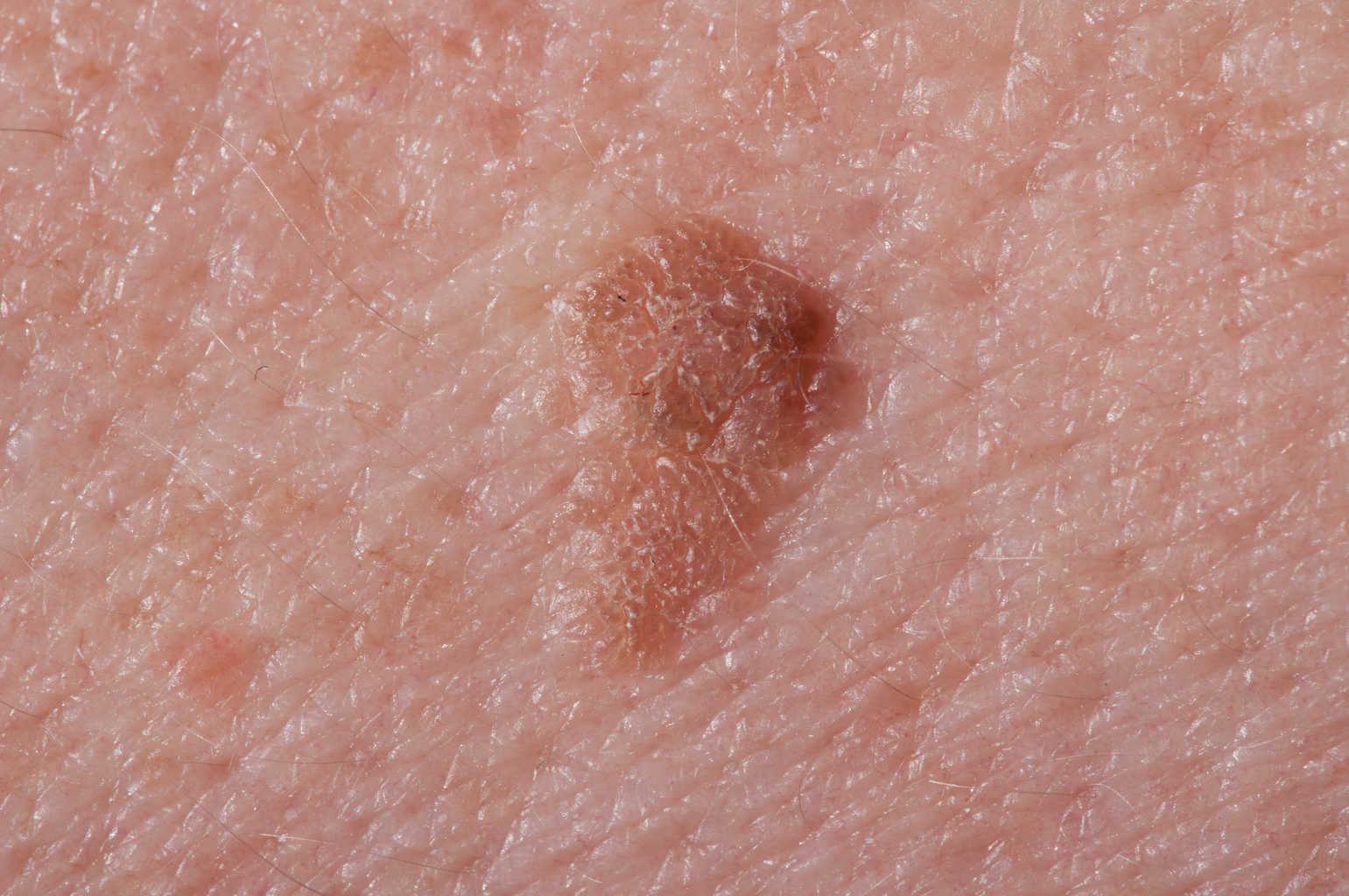
[cmamad id=”7180″ align=”center” tabid=”display-desktop” mobid=”display-desktop” stg=””]
Have you looked at the back of someone’s hands and seen age spots?
When you see these age spots, you are looking at lipofuscin.
Lipofuscin is a brownish pigment made from waste products.
Sometimes they’re called liver spots or age spots.
But did you know they are present throughout the human body?
The ones on the skin are the ones you can see, but they permeate the entire body — especially important organs in the brain.
But what is the cause of age spots?
In this study, they found that lipofuscin creates a runaway process where a little bit creates more, and more, and more.

Lipofuscin incorporates iron in its formation, and iron generates massive amounts of free radicals.
It’s possible that lipofuscin is a protection mechanism of the body against excess iron.
We know that the body will try to protect itself, and excess iron is dangerous.
In fact, if you deplete your iron short of anemia, you may age less fast.
This characteristic of lipofuscin may contribute to an increased level of radical formation and oxidatively modified cellular components such as proteins, lipids, and RNA/DNA, which has been shown to be extensive in aging cells.
And lipofuscin could be part of the body’s response to the excess iron.
But the lipofuscin is dangerous.
And it’s worse when it’s in that brain, it seems to affect the nerve cells in a very bad way.

To understand this research, you will want to know something about brain cells.
They’re most powerful when they can acquire signals from other brain cells simultaneously.
It’s like a pianist — if you play with all ten fingers, you can play a variety of chords.
While a pianist who only plays with one finger can only play notes.
[cmamad id=”7181″ align=”center” tabid=”display-desktop” mobid=”display-desktop” stg=””]
Lipofuscin works against your brain’s ability to receive signals as chords.
It inhibits the nerve cells from processing more than one signal.
Lipofuscin makes nerve cells stupid.
And it builds up in the nerve cells, creating more and more of these stupid nerve cells.
Then all of these stupid cells are piled up in the human brain — and this may result in dementia or Alzheimer’s.
The cortex with the highest percentage of lipofuscin-containing neurons had the lowest multiple-unit signals while the cortex with the lowest percentage of lipofuscin-containing neurons had the highest number of multiple-unit signals.
Finally, a very interesting study shows how you can prevent lipofuscin doing its damage.
And the potential key is in the vitamin known as riboflavin.

This study used fruit flies, and it may not apply to people — but it probably does.
Surprisingly, people and fruit flies have very similar cells.
Scientists experiment a lot on fruit flies in their aging research because the fruit fly only lives to be a week old.
So they can study a tremendous number of fruit fly generations in a short period.
The big takeaways here are that riboflavin reduced lipofuscin and the fruit flies that live longer.
Riboflavin prolonged the lifespan and increased the reproduction of fruit flies through anti-oxidative stress pathway.
They found that the fruit flies that lived longer accumulated much less lipofuscin.
So, what should you do now?
You might want to consider increasing your consumption of riboflavin.
The riboflavin may even be a cure for age spots.
And you should lower your consumption of needless amounts of iron such as foods “fortified” with iron.
These fortified foods are probably quite toxic.
Iron creates lipofuscin very easily, and it probably contributes to premature aging.

http://www.sciencedirect.com/science/article/pii/S0891584910000638
Age-related decline in multiple unit action potentials of cerebral cortex correlates with the number of lipofuscin-containing neurons.
https://www.ncbi.nlm.nih.gov/pubmed/8979484

Leave a Reply